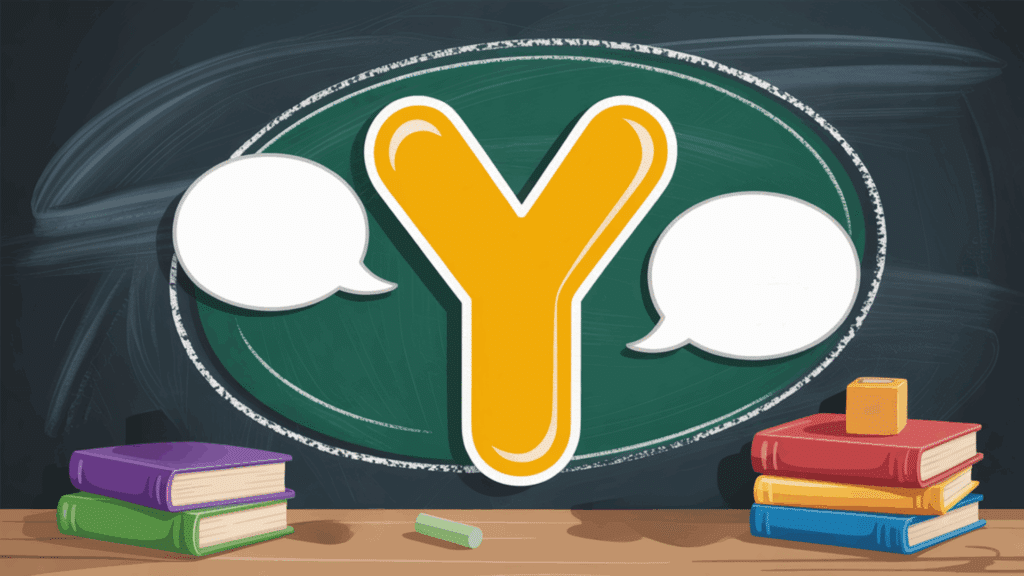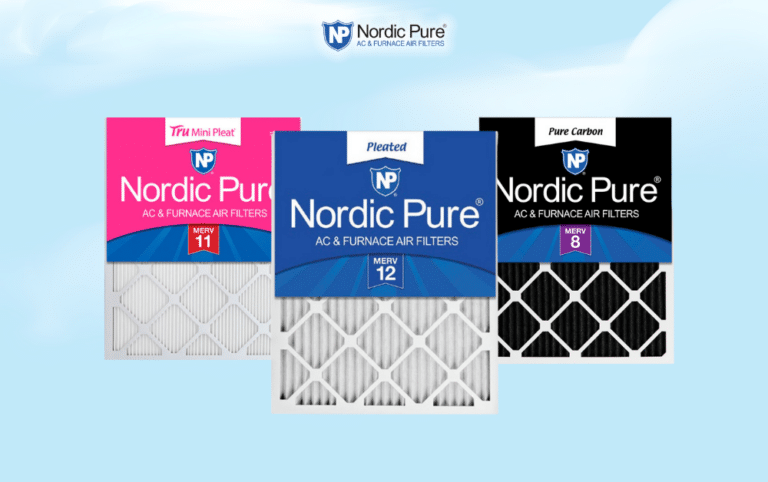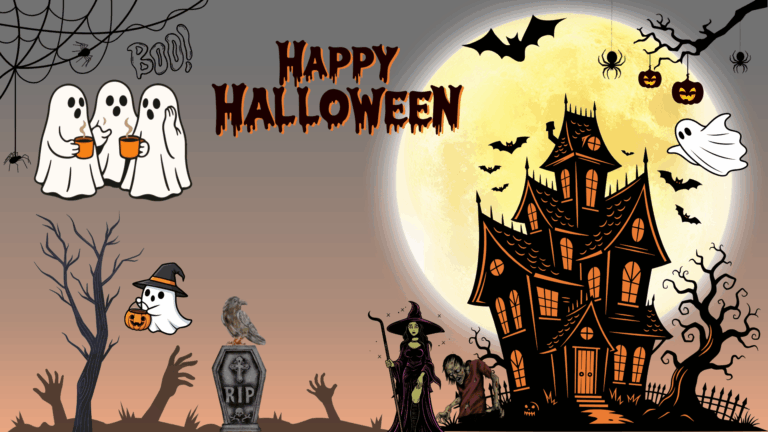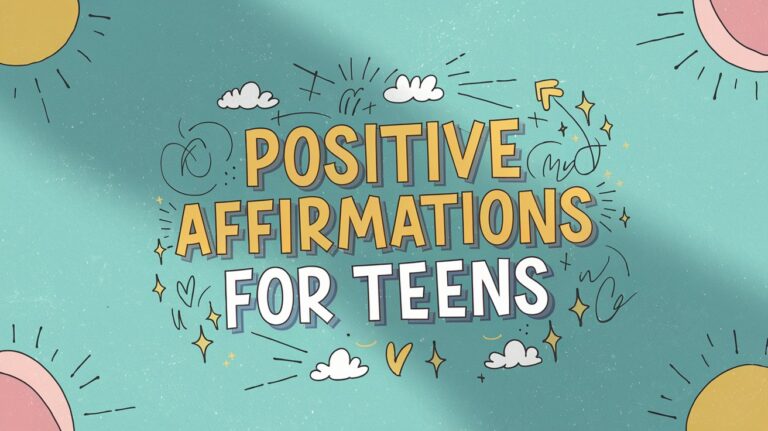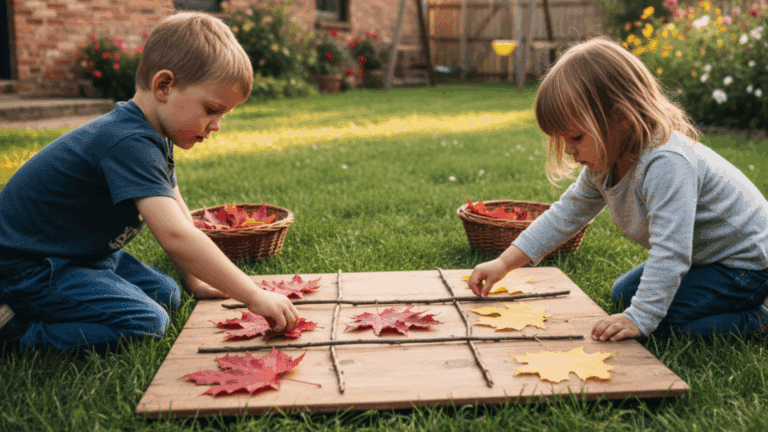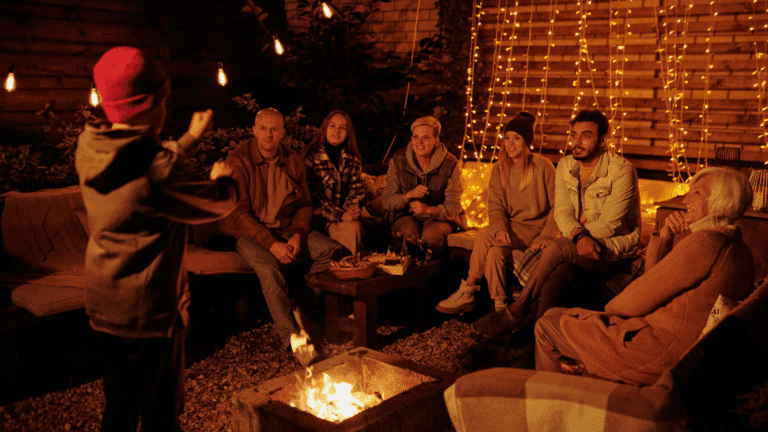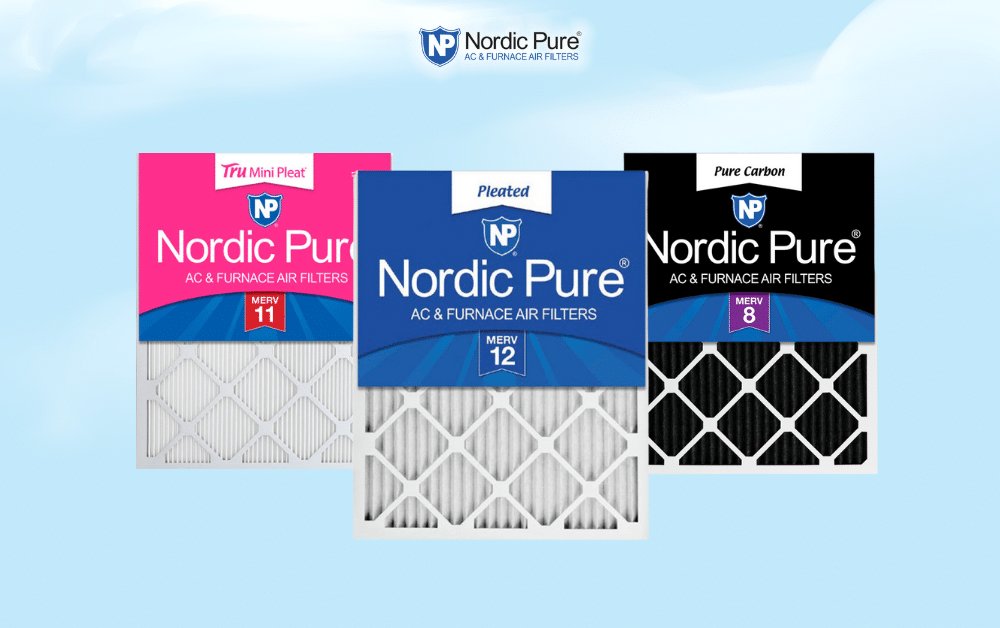Many parents and teachers struggle with explaining the letter Y to children because it behaves differently from other letters.
Sometimes it sounds like a vowel, other times like a consonant, creating confusion during reading lessons.
This blog will clarify exactly what sound does Y make and when it makes them. You’ll learn simple rules that help predict Y’s behavior in different words and positions.
We’ll cover Y as both a vowel sound and a consonant, as well as common patterns to recognize and practical tips for teaching these concepts. By the end, you’ll confidently explain Y’s dual nature and help others master this tricky letter.
What Sound Does Y Make
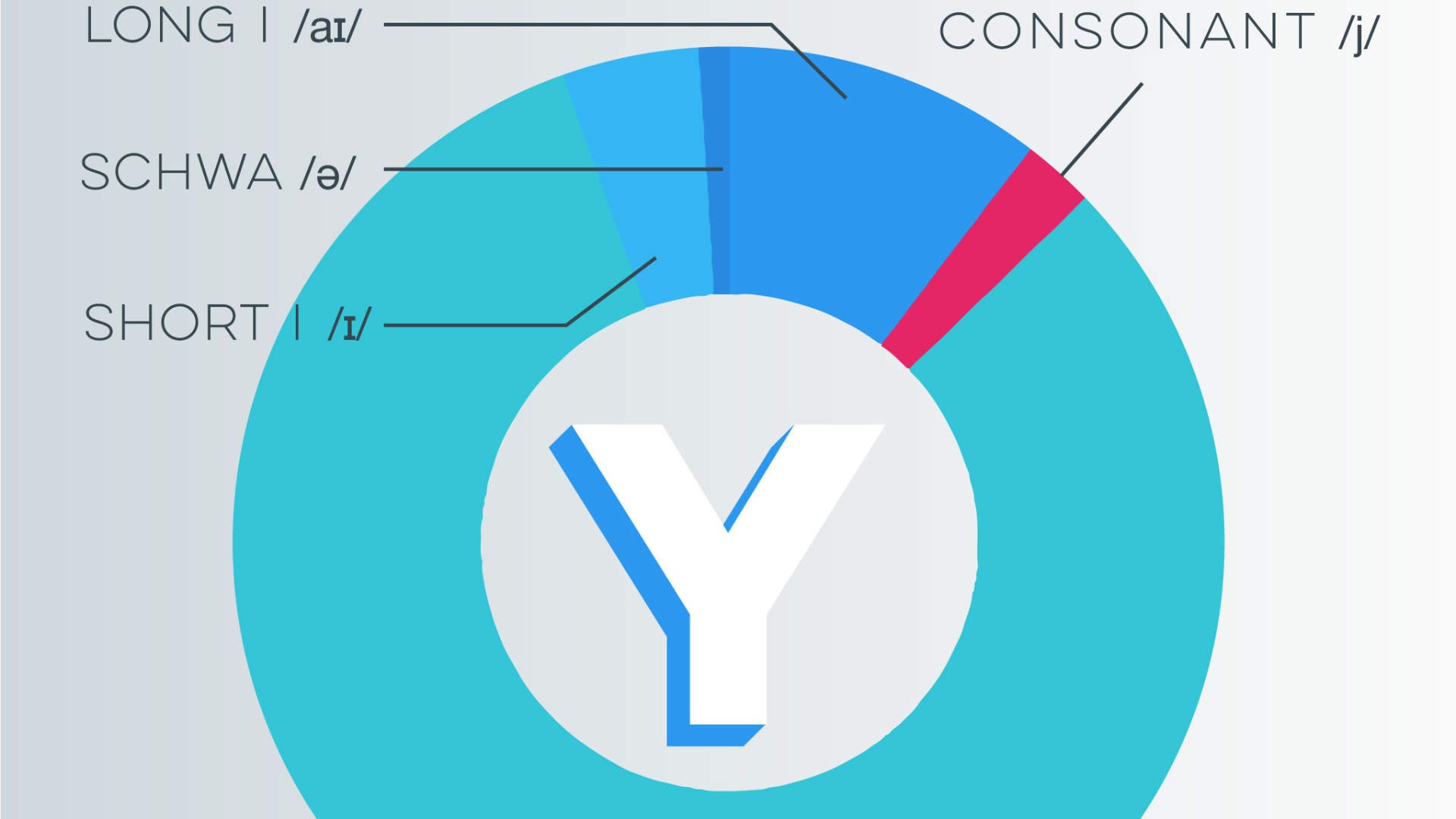
The letter Y is like a chameleon in the alphabet – it changes its sound depending on where it appears in a word. This dual nature makes Y both fascinating and challenging for new readers to master.
Y as a Consonant
When Y appears at the beginning of words, it acts like a consonant and makes the “yuh” sound. Students should think of it as the sound you make when you say “yes” or “yell.”
This consonant sound is the most straightforward of Y’s sounds because it’s consistent and predictable.
- Position: Beginning of words or syllables
- Examples: yes, yellow, yard, young, yam
Y as a Vowel
Y becomes a vowel when it appears in the middle or at the end of words. Understanding these patterns helps children decode what sound does y make with greater confidence.
The position of Y in the word gives us clues about which vowel sound to expect, making reading more predictable once you know the rules.
Long E Sound
This sound is most often found in everyday words that children already know how to pronounce. When Y sits at the end of words with two or more syllables, it almost always makes this cheerful “ee” sound. Examples: happy, funny, baby, crazy, pretty.
Long I Sound
One-syllable words ending in Y create this strong “eye” sound that children can hear clearly. These words often express strong emotions or actions, making them memorable for young learners. Examples: entry, by, my, cry, fly.
Short I Sound
This is the trickiest of Y’s vowel sounds because it appears less frequently and often in more complex words. When Y sits in the middle of words, especially in closed syllables, it makes this short “ih” sound. Examples: gym, myth, crystal, system, rhythm.
Decoding the Rules of ‘Y’
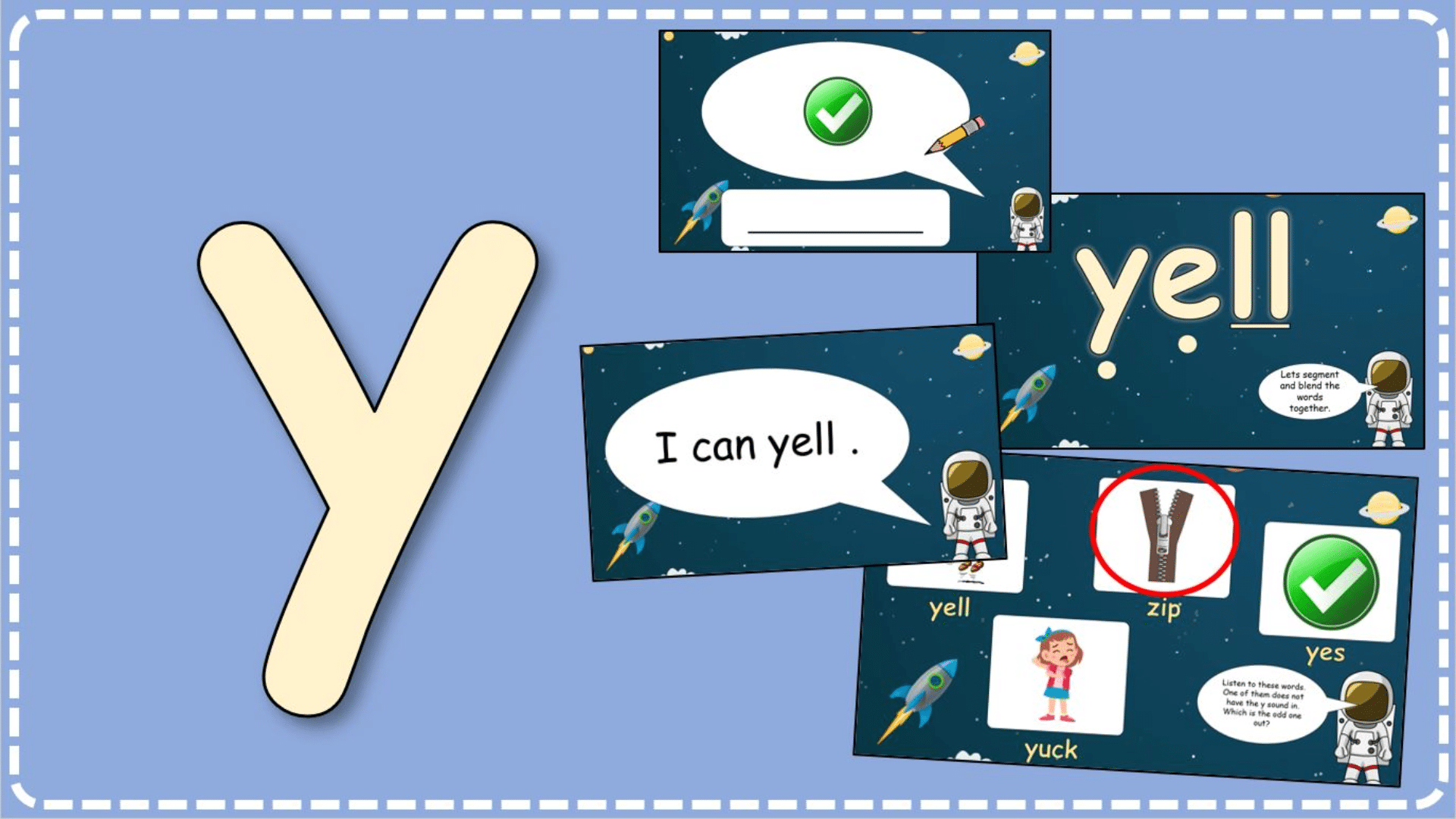
Specific patterns are followed what sound does y make that make its pronunciation predictable once you know the rules. Understanding where Y appears in words helps determine whether it acts as a vowel or a consonant.
Y at the Beginning of Words
When Y appears at the start of words, it almost always makes the consonant sound /y/ as in “yes” or “yellow.” This consonant sound is created by briefly touching the tongue to the roof of the mouth.
Common examples include “yarn,” “young,” and “yard.” This rule applies consistently across most English words that begin with Y.
Y at the End of Words
Y at word endings typically functions as a vowel, but the exact sound depends on the word length. In short words like “my,” “by,” and “fly,” Y makes the long I sound /aɪ/.
In longer words, such as “happy,” “silly,” and “windy,” Y produces the long /i/ sound. This pattern helps readers predict pronunciation based on the number of syllables.
Y in the Middle of Words
When Y sits in the middle of words, it usually acts as a vowel, making either the short I sound /ɪ/ or the long I sound /aɪ/. Words like “gym,” “myth,” and “system” show Y making the short I sound.
Meanwhile, “cycle,” “type,” and “style” demonstrate Y producing the long I sound. Context and surrounding letters influence which sound Y makes.
Compound Words with Y
Compound words can create exceptions to standard Y rules. In “backyard,” the Y maintains its consonant sound even though it’s not at the absolute beginning of the word.
Similarly, “toymaker” keeps Y’s vowel sound from the original word “toy.” Understanding word origins helps explain these apparent rule violations.
Y in Different Syllables
Multi-syllable words may contain Y sounds that vary by position within each syllable. “Yesterday” includes both the consonant Y at the beginning and the vowel Y in the middle syllable.
“Gymnasium” demonstrates Y acting as both short “I” and long “E” sounds in different syllables. Breaking words into syllables clarifies Y’s role in each section.
Regional and Accent Variations
Different English dialects and accents can affect what sound does y make. Some regions pronounce the Y in “happy” with a more distinct long E sound, while others make it shorter.
International English speakers may apply different pronunciation rules to Y based on their native language patterns and local teaching methods.
Strategies to Teach the Y Sound to Kids
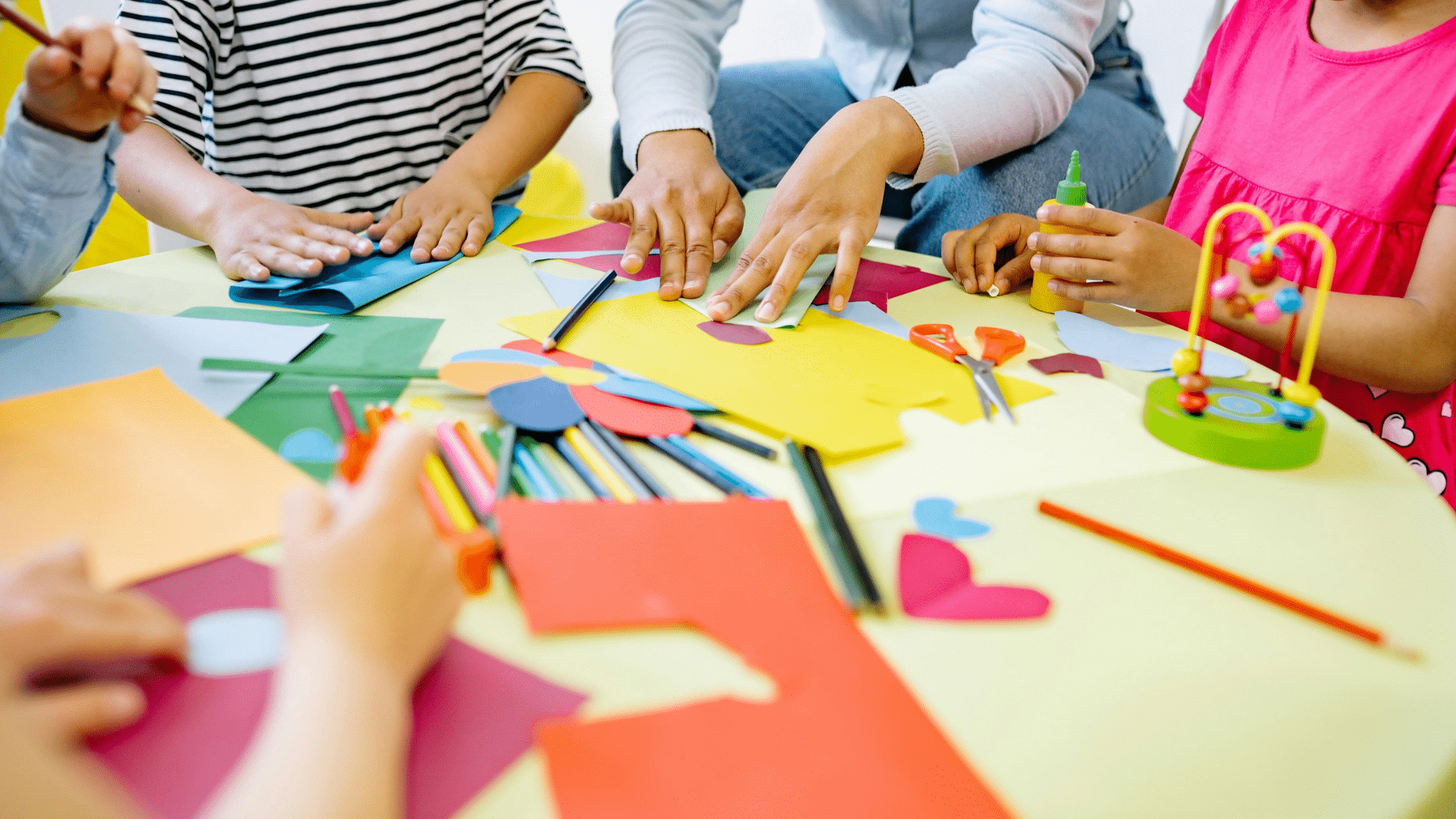
Teaching the what sound does Y make requires creative approaches that help children remember when Y acts as a vowel versus a consonant. Visual aids, memorable phrases, and hands-on activities make these abstract concepts concrete and fun for young learners.
1. Y Sound Scavenger Hunt
Kids search around the classroom or home for items that start with the Y sound, reinforcing recognition through real-world objects. This activity promotes listening and language comprehension.
- Skills Practiced: Phonemic awareness, vocabulary building
- Materials Needed: List of Y-sound items, collection basket
2. Yarn Letter Craft
Children create the letter “Y” by gluing pieces of colorful yarn onto paper. This tactile activity reinforces letter recognition while supporting fine motor development.
- Skills Practiced: Letter formation, sound association
- Materials Needed: Yarn, glue, paper, scissors
3. Yo-Yo Sound Chant
Sing or chant a rhythmic verse emphasizing words with the /y/ sound. Adding motions helps children connect sound with movement and rhythm.
- Skills Practiced: Auditory discrimination, memory
- Materials Needed: Chant cards, optional yo-yos
4. Yellow Collage Creation
Kids cut out and paste yellow-colored items from magazines onto a large “Y” shape. This visual activity helps associate the color yellow with the Y sound.
- Skills Practiced: Sound-to-object matching, color identification
- Materials Needed: Magazines, glue, scissors, yellow crayons
5. Yak Mask Making
Children craft fun yak masks while learning that “yak” starts with the Y sound. Use storytelling to bring the yak to life and reinforce the word.
- Skills Practiced: Creative expression, beginning sound awareness
- Materials Needed: Paper plates, yarn, crayons, glue
6. Y Word Hop Game
Lay out flashcards on the floor and have kids hop only on those with Y-sounding words. It’s a fun, movement-based game that boosts phonics skills.
- Skills Practiced: Gross motor skills, phonics recognition
- Materials Needed: Word cards, open floor space
7. Y Sound Sorting Tray
Present a tray with mixed picture cards, and ask kids to sort the ones that begin with the Y sound. This helps in distinguishing similar sounds.
- Skills Practiced: Sound sorting, critical thinking
- Materials Needed: Picture cards, sorting tray
8. Build a Y Word Tower
Stack blocks labeled with Y-sounding words to build a tower. As each word is added, say it aloud to reinforce pronunciation.
- Skills Practiced: Word recognition, speech practice
- Materials Needed: Blocks, a marker, tape, or labels
9. Y Sound Sticker Chart
Each time a child correctly identifies or uses a word with a Y sound, they receive a sticker on their chart. It encourages participation and tracks progress.
- Skills Practiced: Sound identification, motivation tracking
- Materials Needed: Chart paper, stickers, marker
To Conclude
Understanding what sound does Y make becomes simple once you recognize the position patterns. Remember: Y at the beginning always says “yuh,” at the end of short words it says “eye,” and at the end of longer words it says “ee.”
Practice these rules with your students through sorting games, detective hunts, and visual charts. The interactive activities make learning stick while building reading confidence.
Y doesn’t have to be the tricky letter anymore. With consistent practice and the right strategies, your students will be able to decode Y words automatically.
Soon they’ll read “happy,” “my,” and “yes” without hesitation, applying these reliable patterns to new words they encounter.


